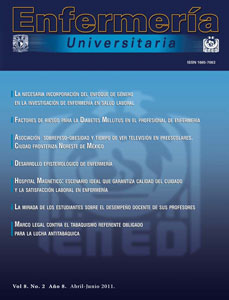Marco legal contra el tabaquismo: Referente obligado para la lucha antitabáquica.
Main Article Content
Abstract
Tobacco-addiction is one of the principal causes of preventable illnesses and premature deaths in the world. In Mexico, tobacco-addiction has become a more serious public health problem. Data from the last National Survey on Tobacco- Addiction suggest that its prevalence in developing countries has increased, its male-female consumption pattern has become more similar, and that it now starts at younger ages – the first years of adolescence. The World Health Organization (WHO) stated that tobacco now kills nearly six million people each year of whom more than 5 million are users and ex users and more than 600 000 are nonsmokers exposed to second-hand smoke; that unless urgent action is taken, the annual death toll could rise to more than eight million by 2030; and that nearly 80% of the world’s one billion smokers live in low- and middle-income countries. An Agreement Frame against Tobacco Addiction supported by the WHO is one of the international sanitary treaties against tobacco addiction in which Mexico has acknowledged the magnitude of the problem and its complications for both adults and children. The objective of this agreement is to provide a frame to identify measures to fight against tobacco-addiction in order to protect present and future generations from tobacco smoke inhalation and its sanitary, social, environmental, and economical consequences.
Publication Facts
Reviewer profiles N/A
Author statements
- Academic society
- N/A
- Publisher
- Universidad Nacional Autónoma de México
Article Details
Dimensions citation
MÉTRICAS
Enfermería Universitaria by Universidad Nacional Autónoma de México it is distributed under the License Creative Commons Attribution - NonCommercial - NoDerivatives 4.0 International
Accepted and published articles become open-access under the terms of the Creative Commons CC BY-NC-ND 4.0 license, which authorizes the reproduction and sharing without commercial purposes, provided the corresponding acknowledgments to their authors. Authors are allowed to manage a self-archive copy of the article’s published version so that they can open-access it in their personal or institutional web pages, and/or any other broad-diffusion space.


